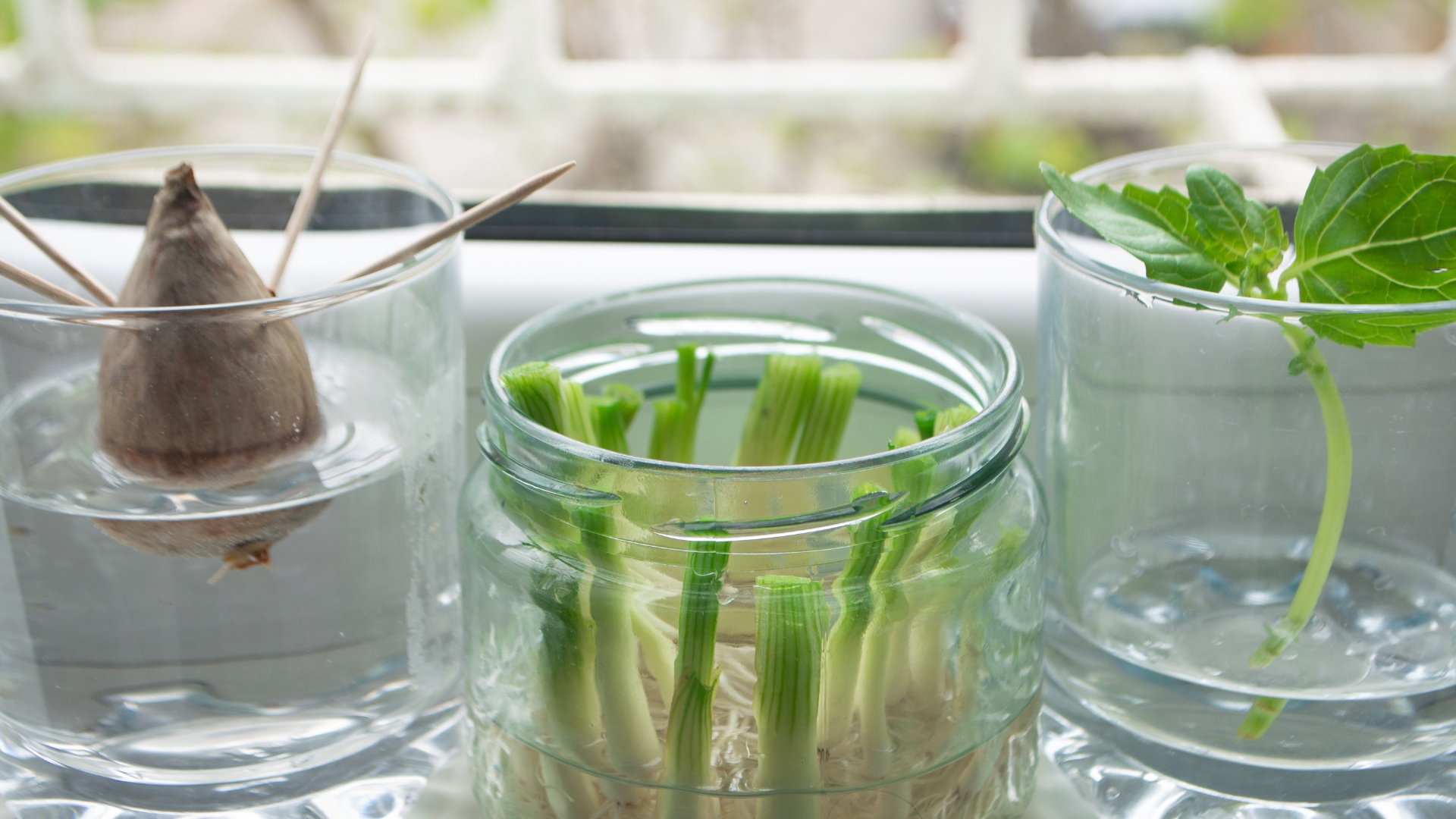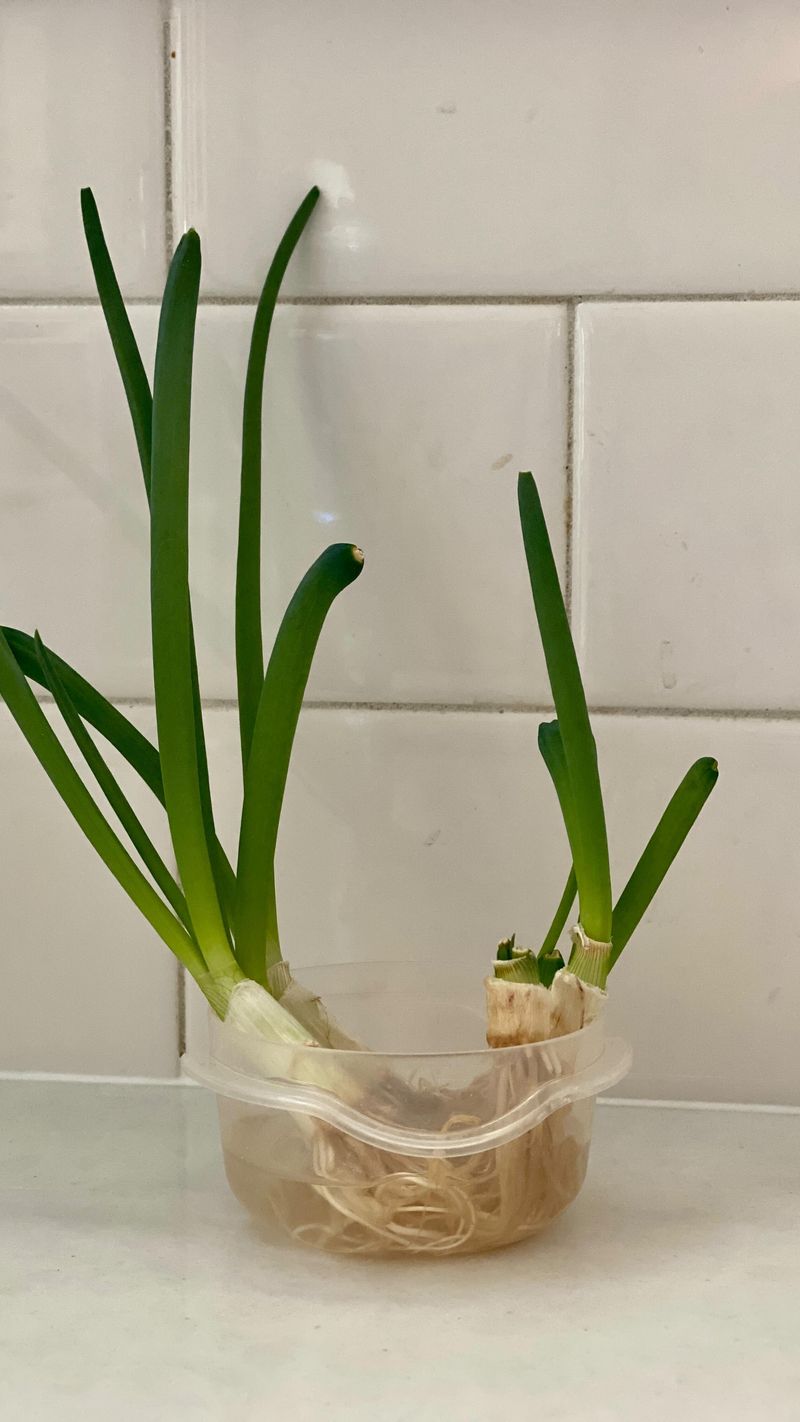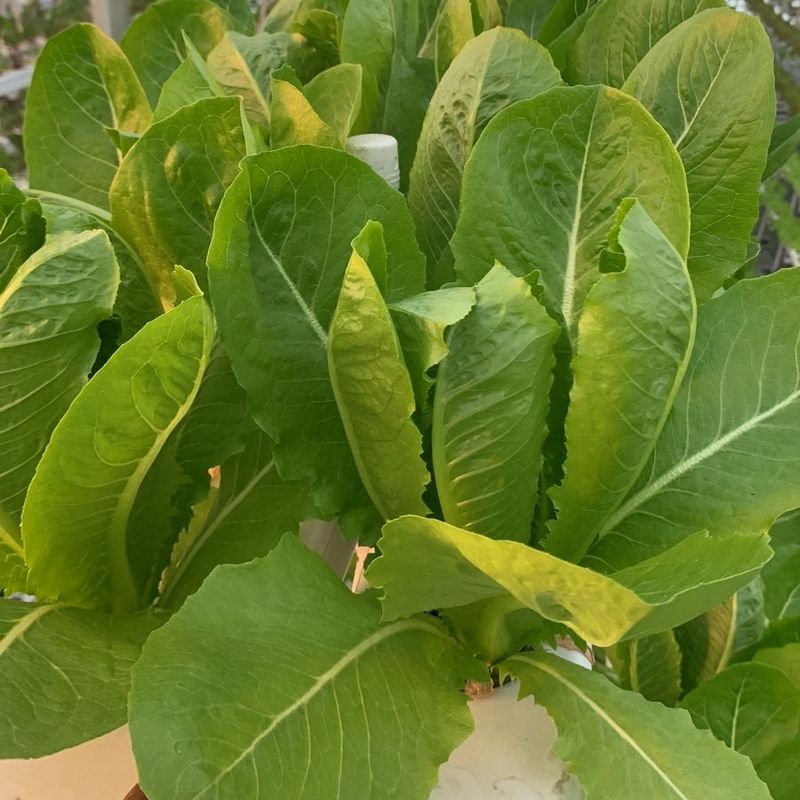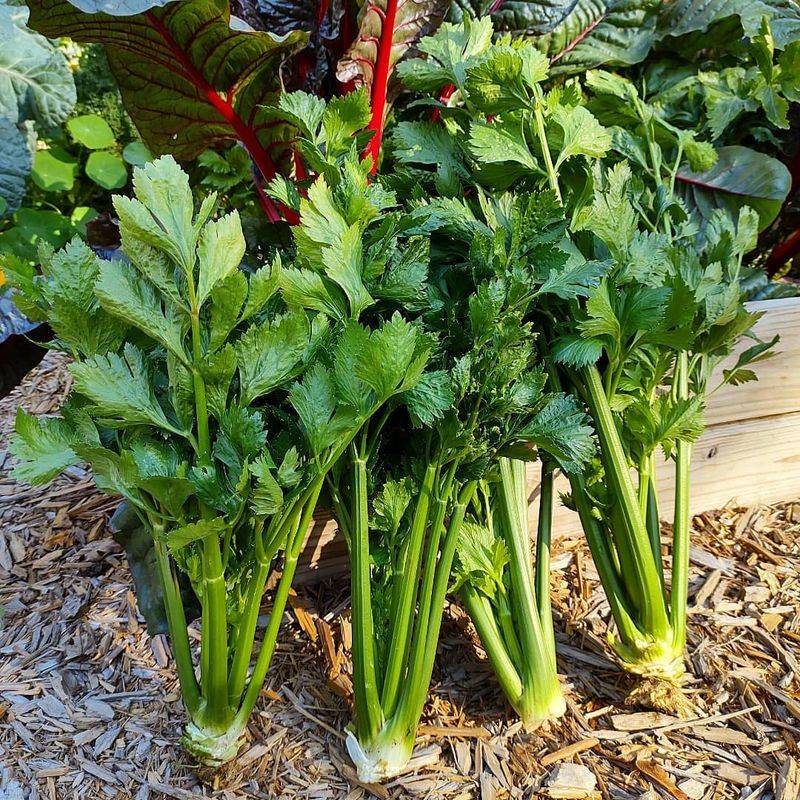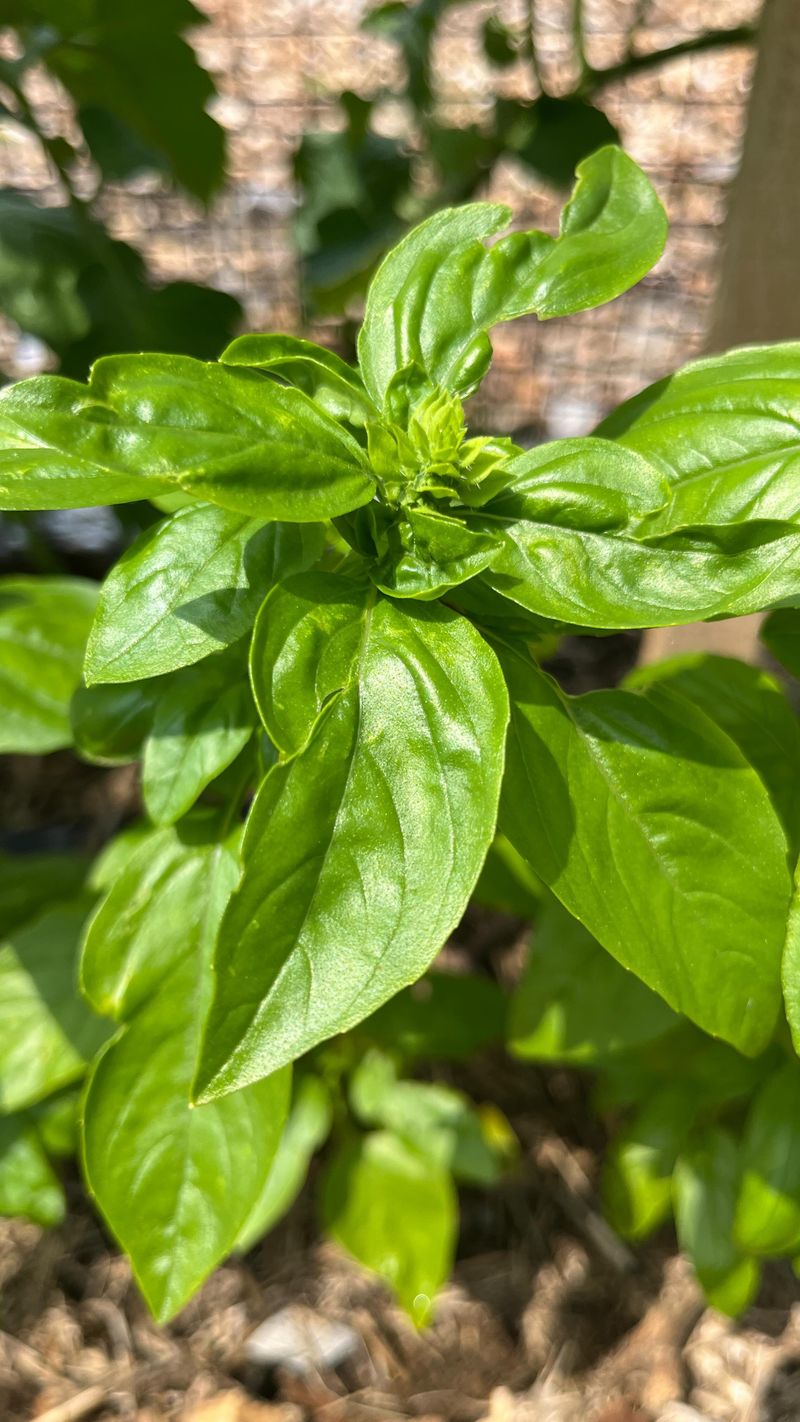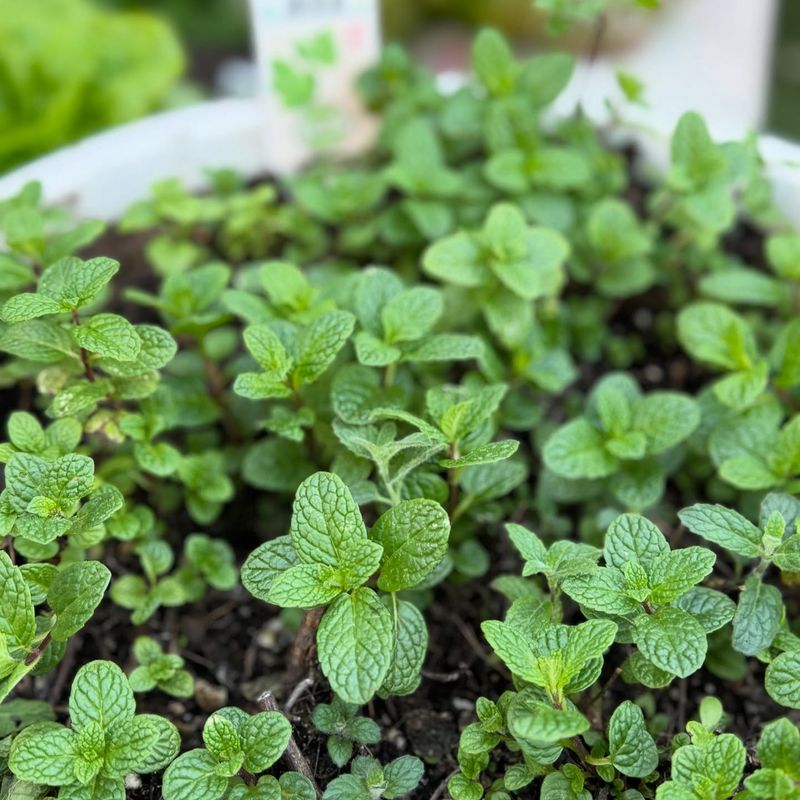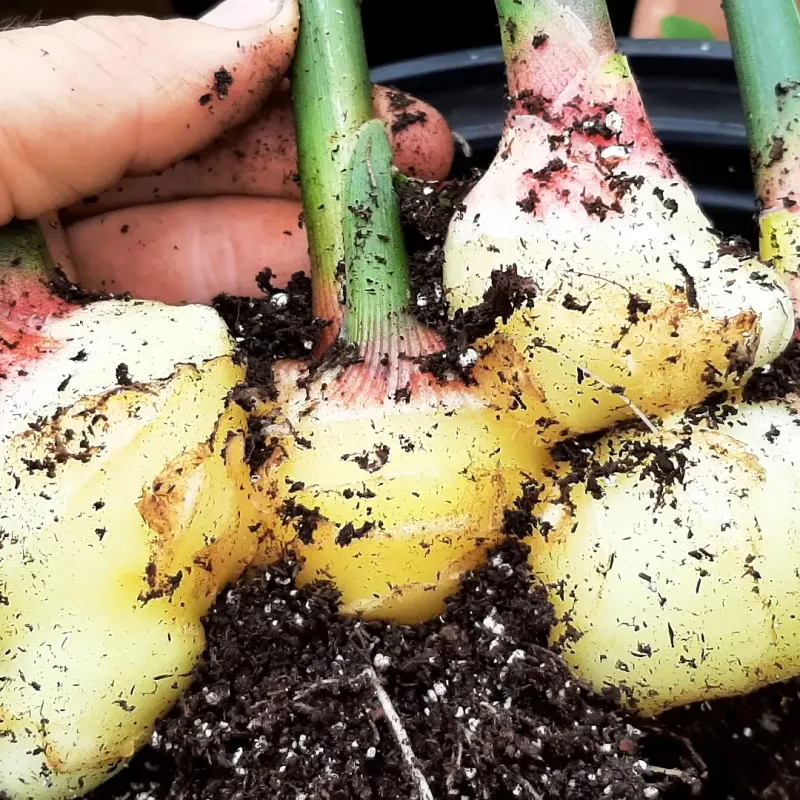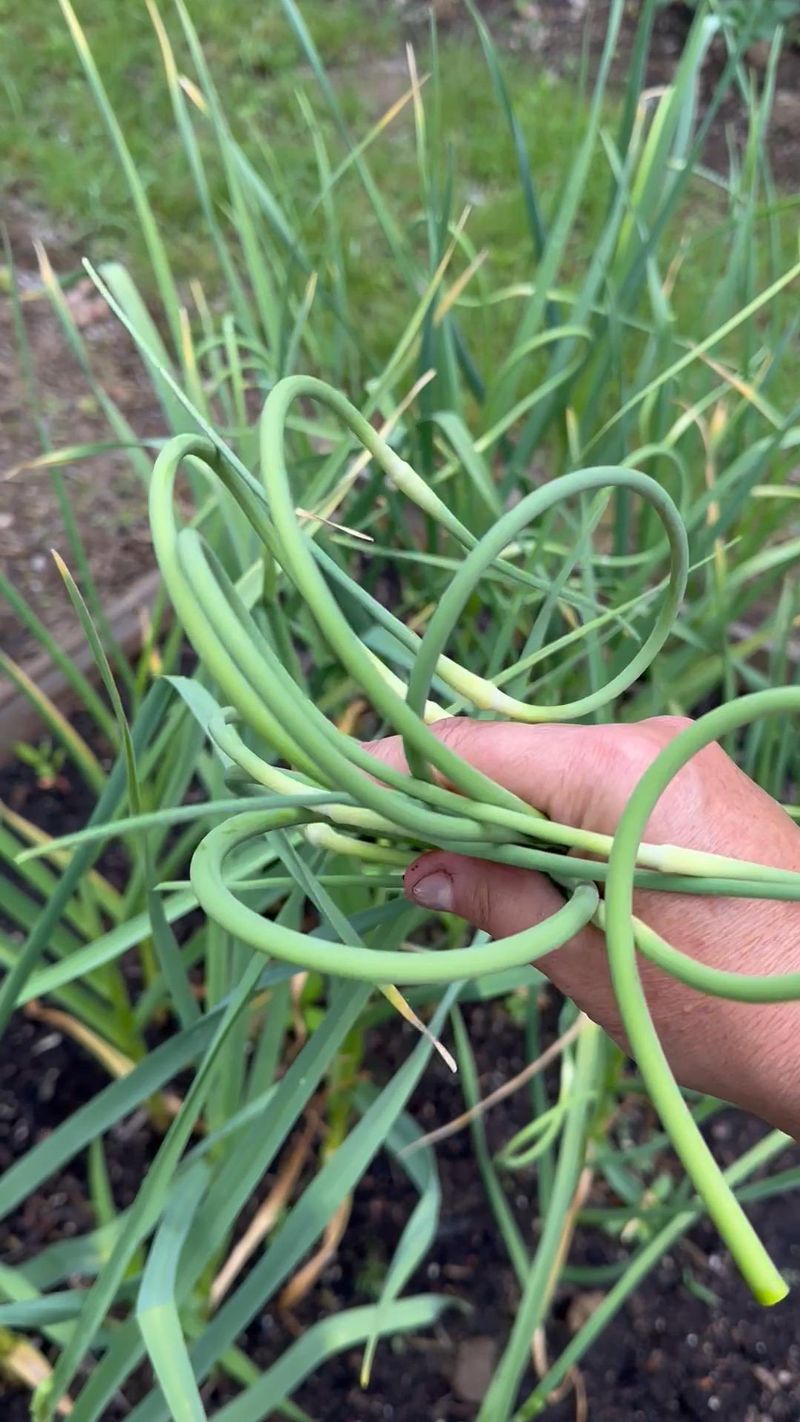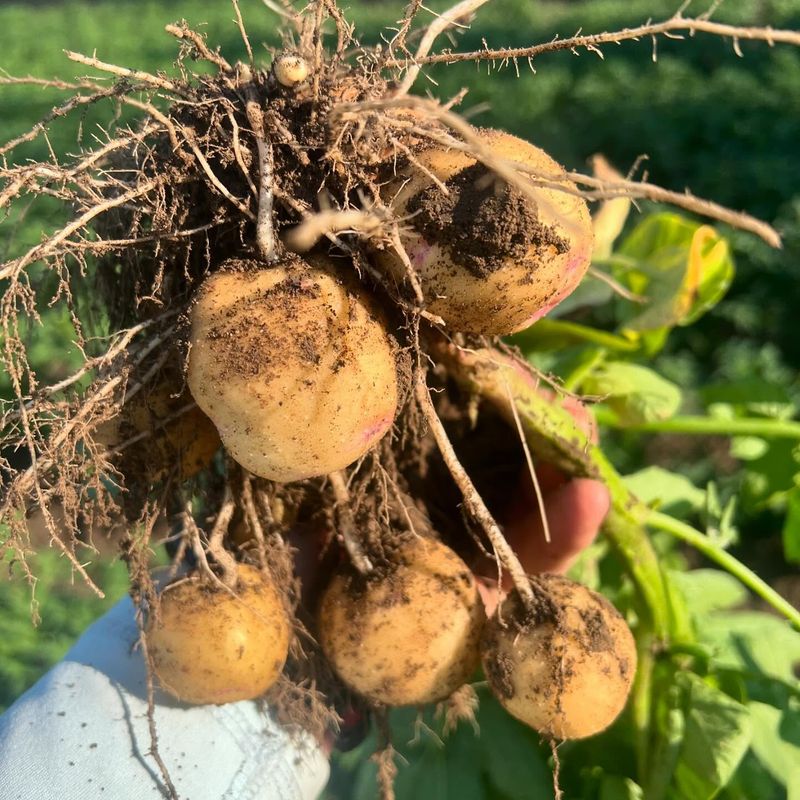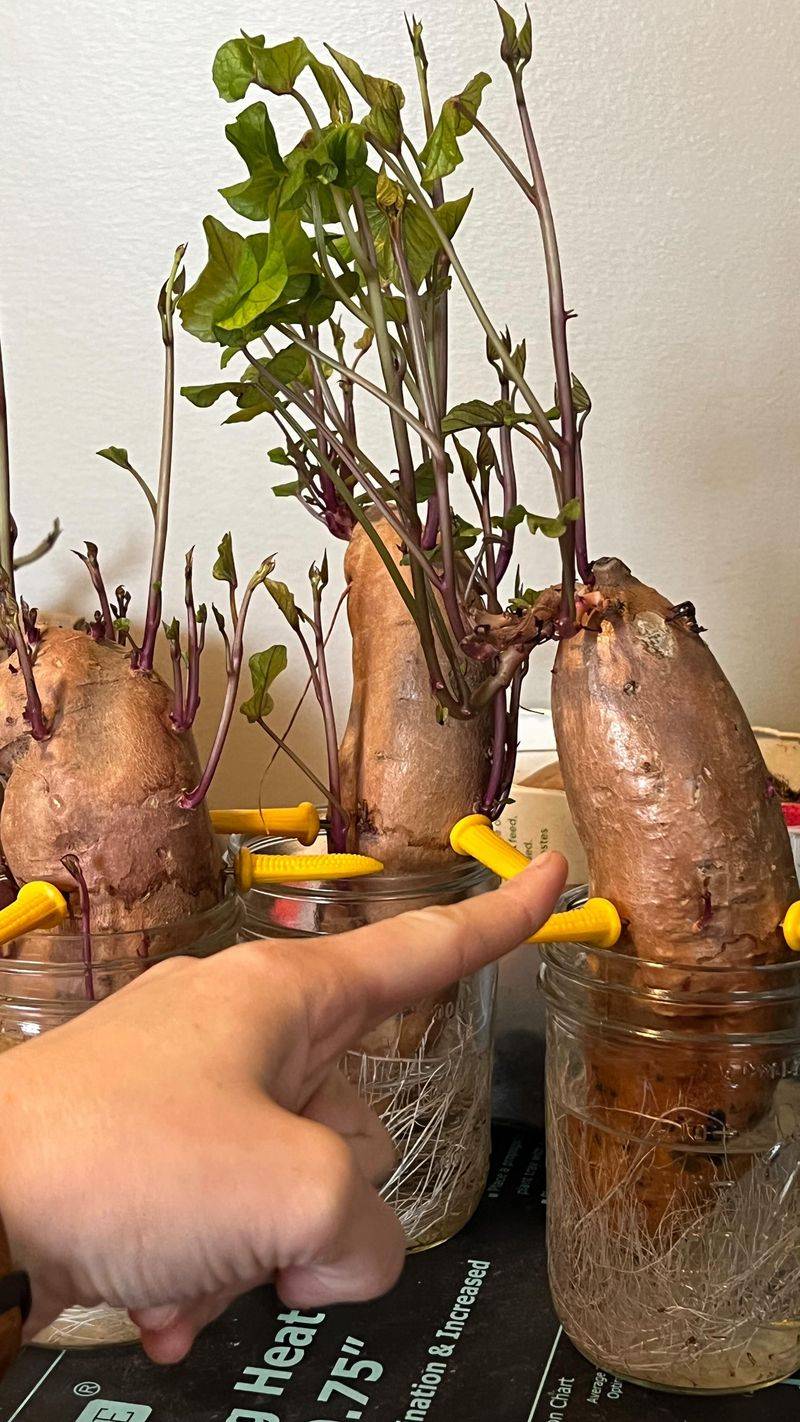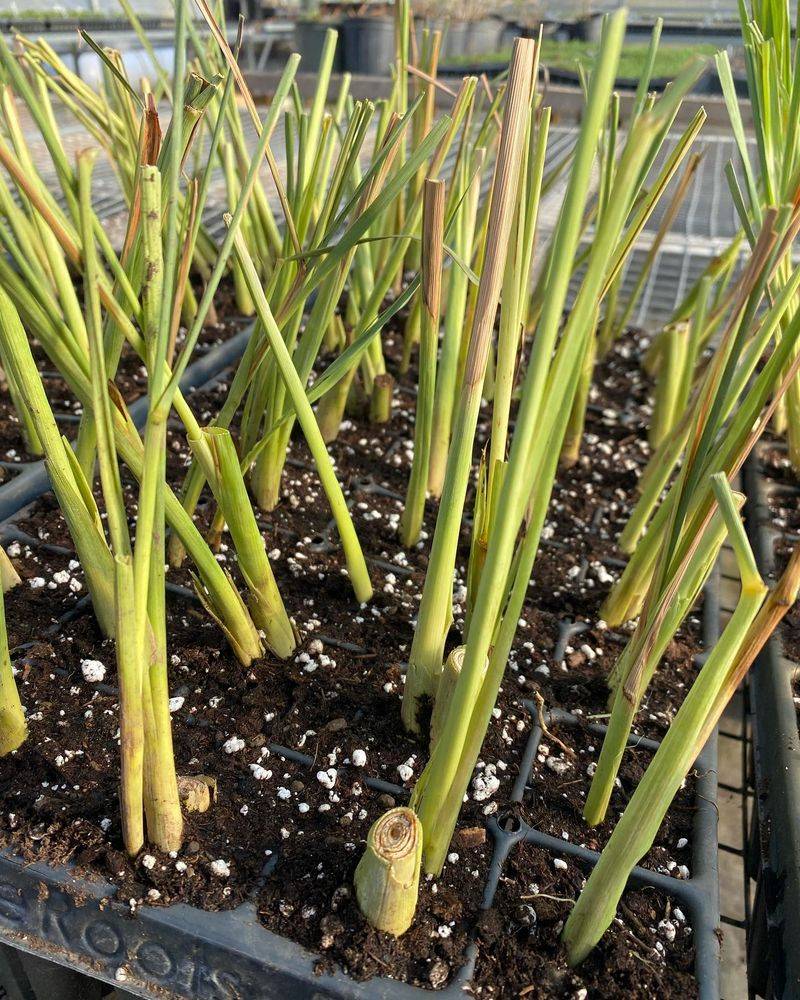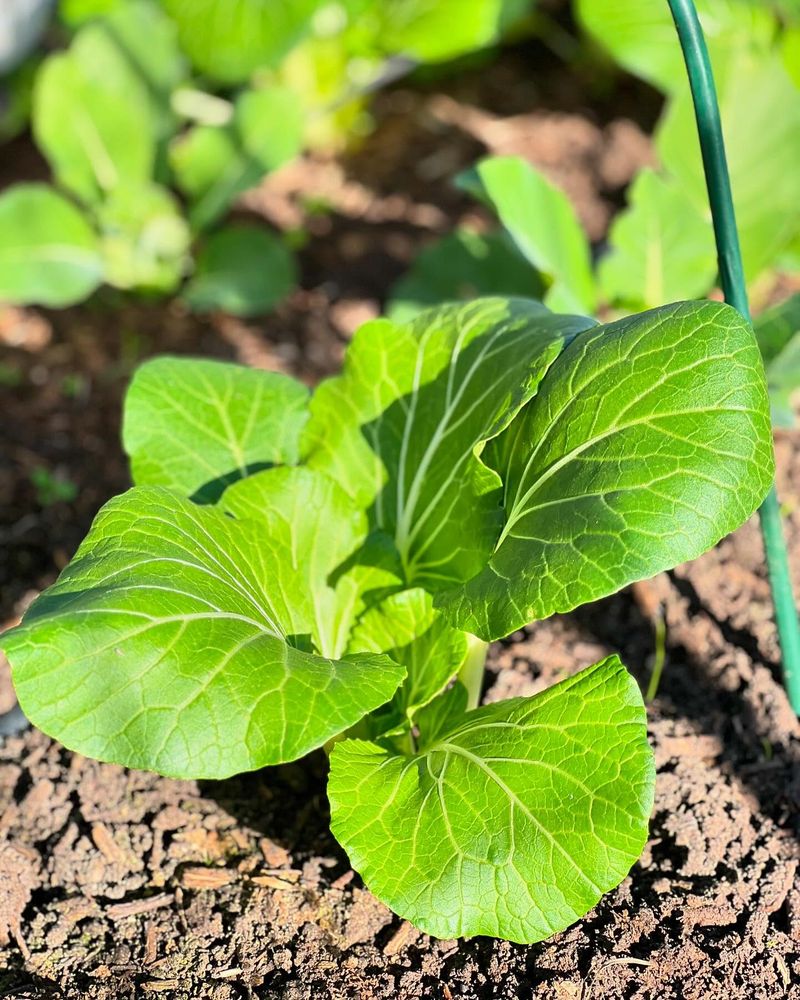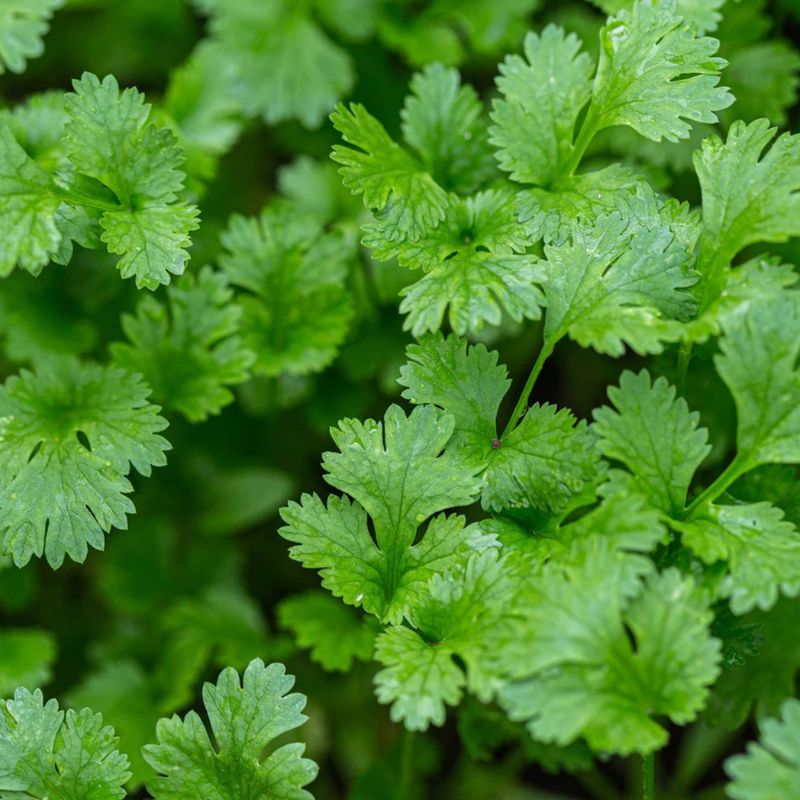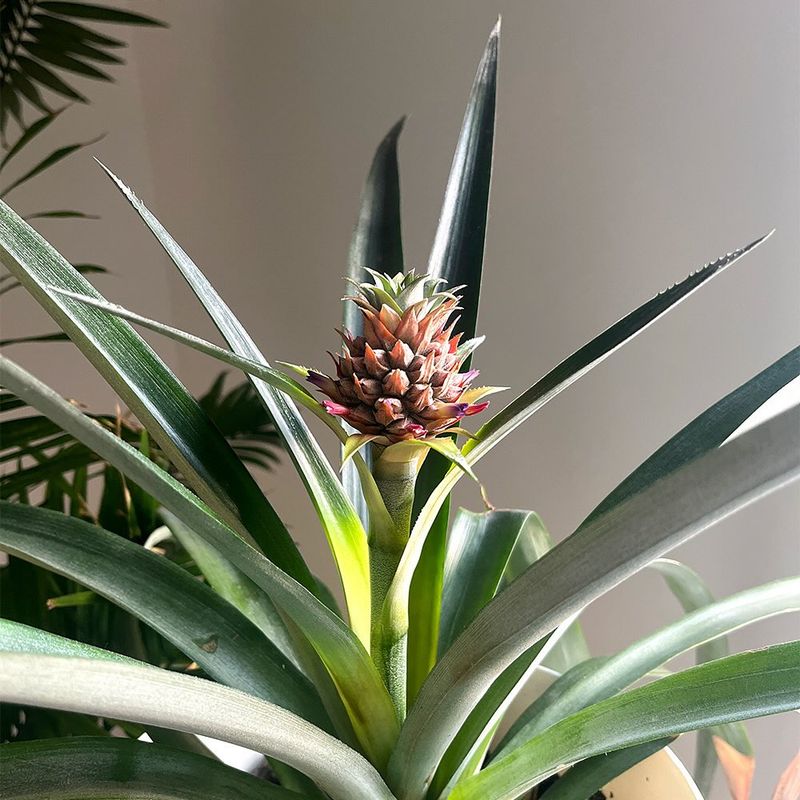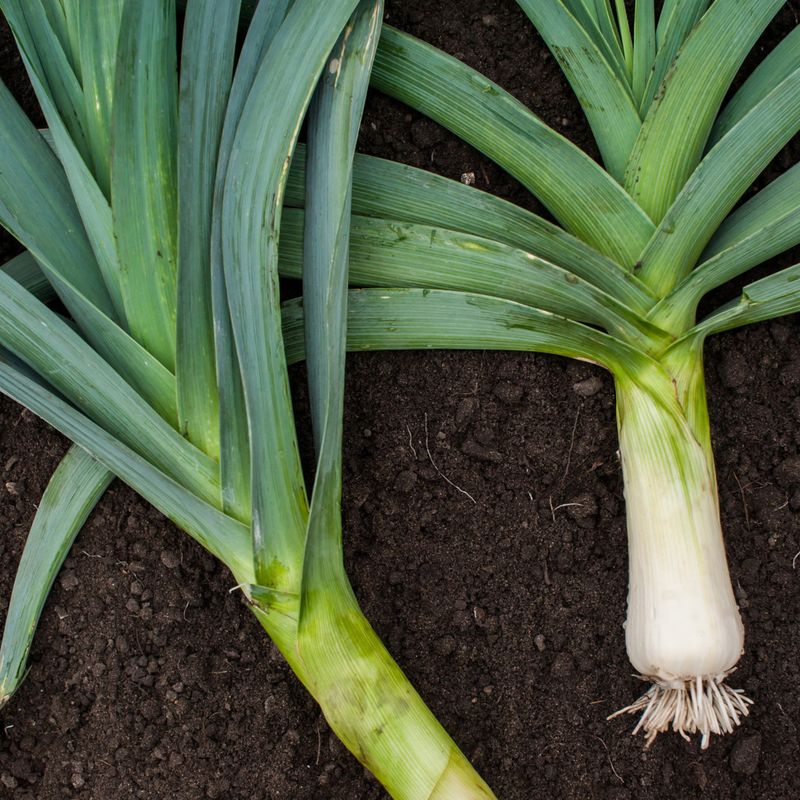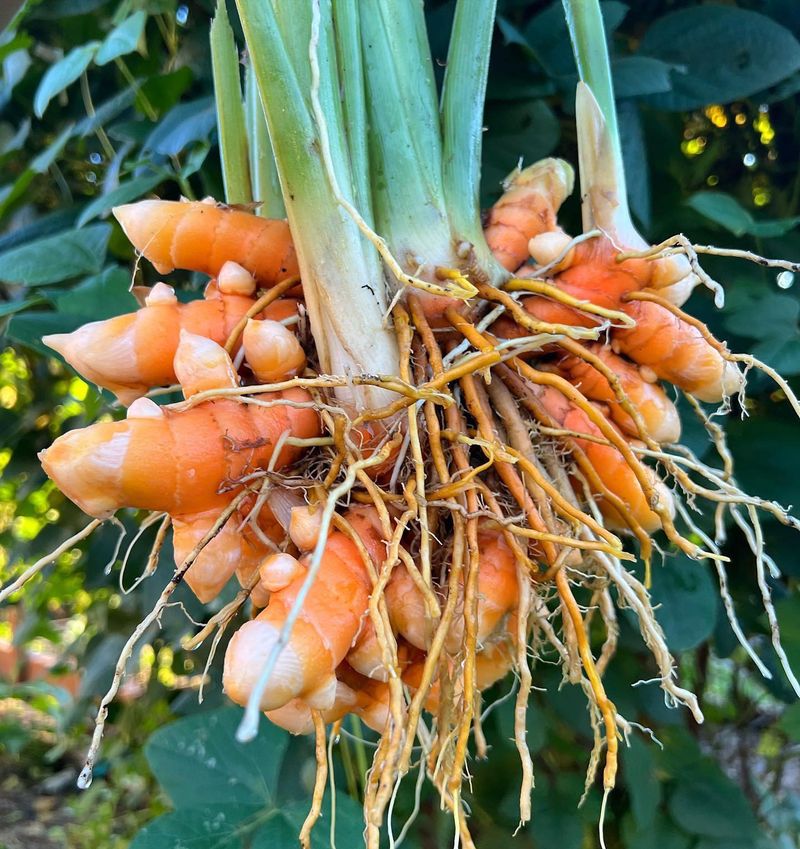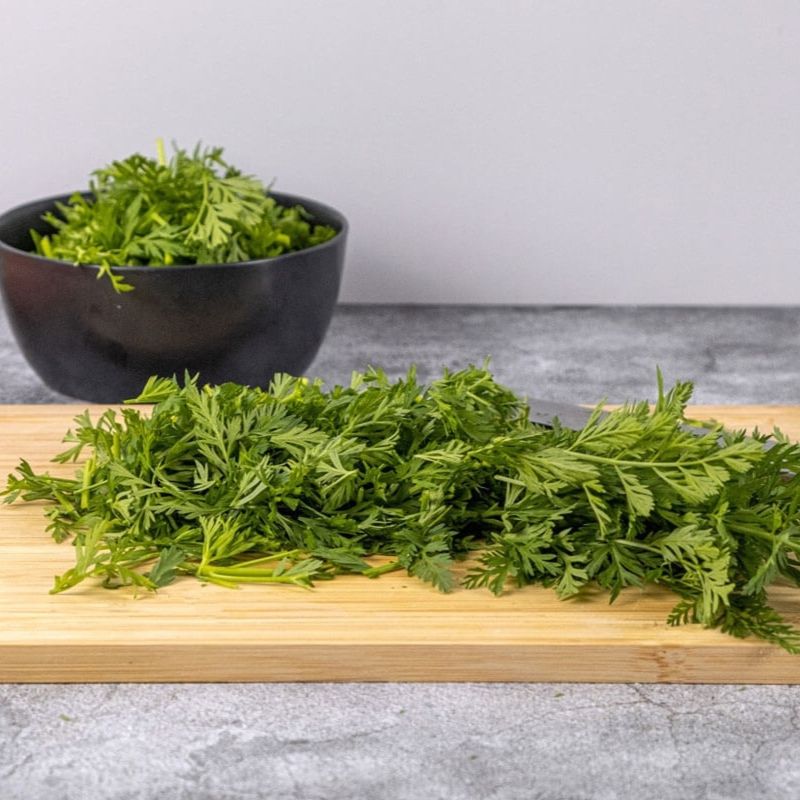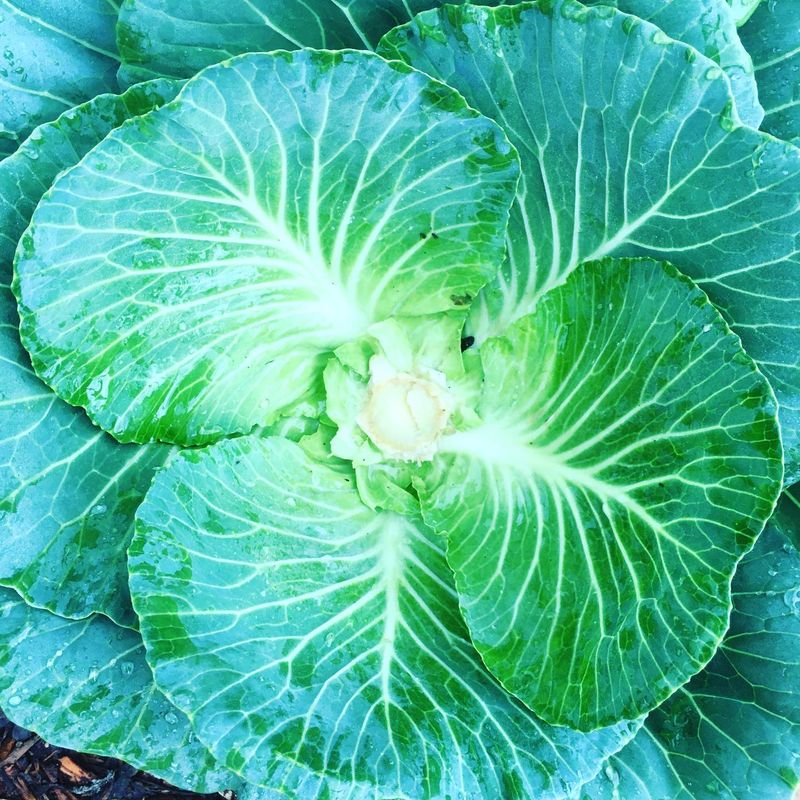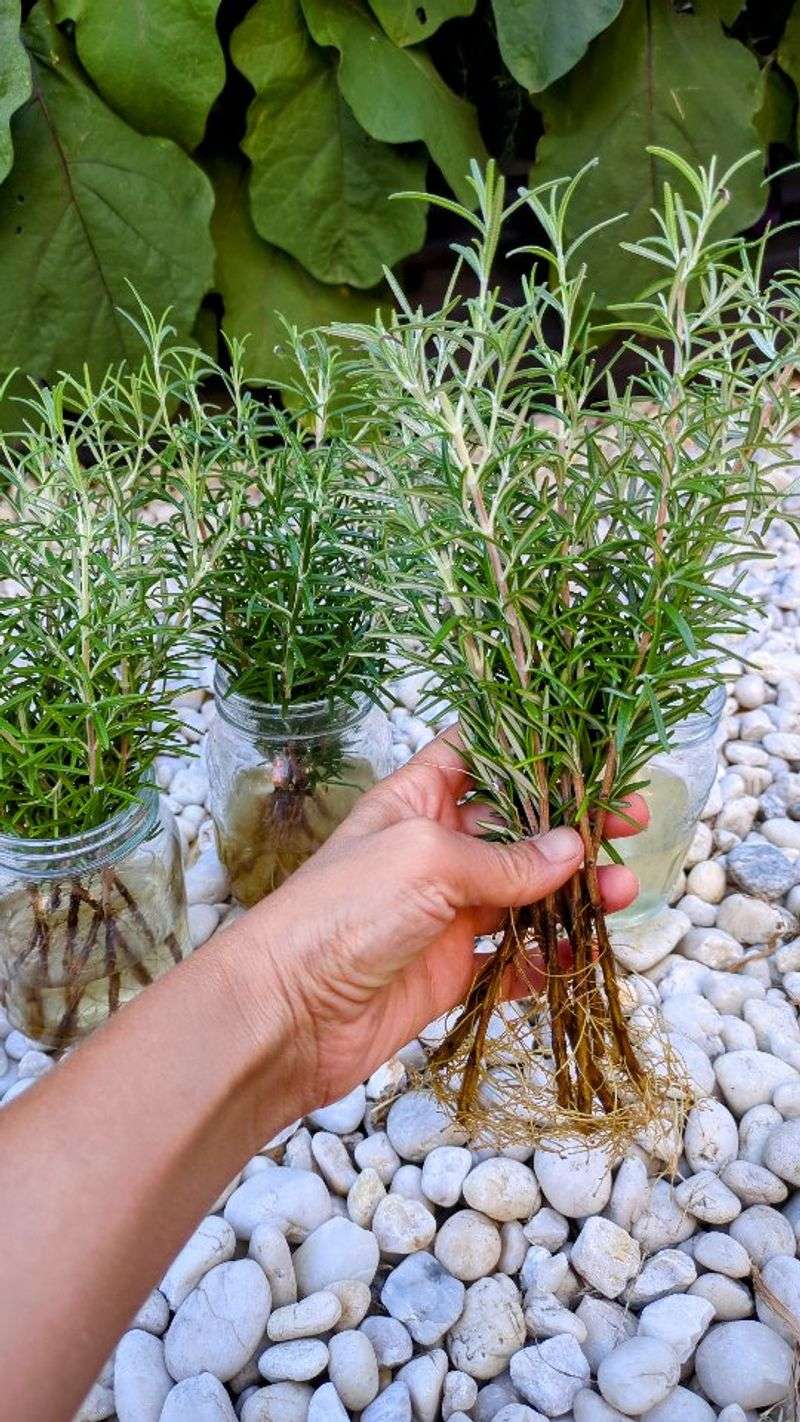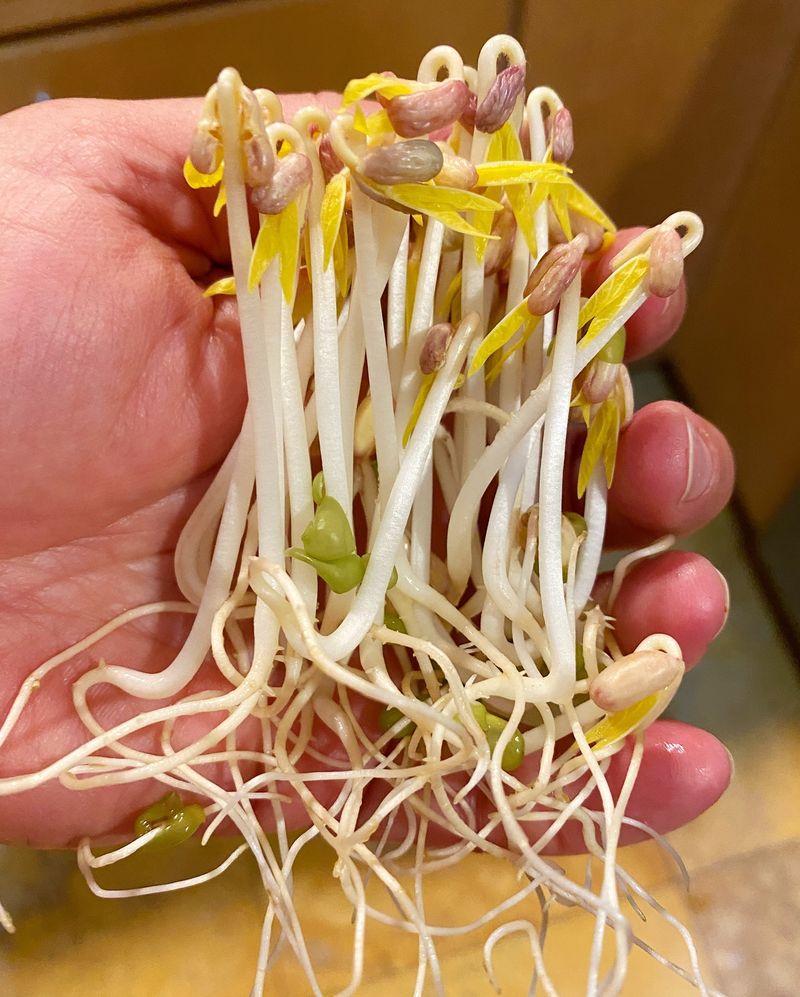If you love fresh flavors but hate running back to the store all the time, this list is for you. Imagine having grocery plants that keep giving and giving, so you can enjoy homegrown goodness for months.
These plants are like little green superheroes, saving you money and trips. I’ve tested many of them myself, and trust me, they really stick around longer than you expect.
Get ready to discover some easy favorites that make your kitchen garden a true lifesaver!
1. Green Onions
Simply place the white root ends in a glass of water on a sunny windowsill. They’ll sprout new green shoots within days, ready for harvesting again and again.
Change the water every few days to prevent sliminess. For even longer growth, transplant them to soil once roots develop. Many home gardeners have maintained the same green onion plants for over a year!
2. Romaine Lettuce
Save the bottom core after using the leaves for salads. Place it in a shallow dish with about an inch of water and watch new leaves emerge from the center within a week.
Refresh the water daily and harvest outer leaves as they grow, leaving the center to continue producing. After a few weeks in water, you can transplant to soil for even more substantial growth.
3. Celery
Cut off the base of your store-bought celery and place it in a shallow bowl of water. New growth will appear from the center within days, showing vibrant green leaves.
After about a week, transplant to soil with just the top exposed. Regular watering will encourage continuous growth. The new stalks might be thinner than store-bought ones but pack even more flavor.
4. Basil
Take cuttings from store-bought basil by snipping stems just below a leaf node. Remove lower leaves and place stems in water until roots develop, usually within two weeks.
Once roots reach about an inch long, transfer to soil. Pinch off flower buds to encourage leafy growth. With proper care, a single cutting can grow into a bushy plant that provides fresh leaves for months.
5. Mint
Snip a 3-4 inch stem from existing mint and remove lower leaves. Place in water and within days, tiny white roots will appear along the submerged portion of the stem.
Transfer to soil once roots are established. Mint grows so vigorously that one small cutting can become a substantial plant within weeks. Keep it contained, as mint loves to spread and take over gardens!
6. Ginger
Look for a fresh ginger root with visible growth buds or ‘eyes.’ Plant a chunk with at least one eye in moist soil, about 1 inch deep, with the eye pointing upward.
New shoots will emerge in a few weeks. Harvest by carefully digging up the entire plant, breaking off what you need, and replanting the remainder. One ginger root can provide harvests for years with this method.
7. Garlic
When a garlic clove starts sprouting, don’t toss it! Plant it in soil with the pointed end up, about two inches deep. Green shoots will appear within days.
You can snip these garlic greens for cooking—they taste like mild garlic chives. Leave some cloves to develop fully, and in a few months, you’ll have a whole new bulb with multiple cloves to harvest and replant.
8. Potatoes
Those sprouting eyes on old potatoes are perfect starting points for new plants. Cut potatoes into chunks with at least one eye per piece and let them dry overnight to form a protective layer.
Plant about 4 inches deep in soil, sprout side up. When green foliage appears and later dies back, dig carefully to find multiple new potatoes. One potato can easily multiply into a dozen or more!
9. Sweet Potatoes
Place half a sweet potato in a jar of water with toothpicks holding it partly submerged. Leafy sprouts called ‘slips’ will emerge from the top within weeks.
Once slips reach 4-5 inches, gently twist them off and place in water until roots form. Then plant in soil. Each slip becomes a new sweet potato plant that can produce multiple tubers after a few months.
10. Lemongrass
Save the bulbous base of store-bought lemongrass stalks and place them in water. Fresh roots will develop within a week, followed by new green growth from the center.
Transfer to soil once roots are established. In warm conditions, lemongrass grows rapidly into a large, grassy plant. Harvest outer stalks as needed while the plant continues producing new ones from the center.
11. Bok Choy
Save the bottom inch of bok choy with roots intact and place it in a shallow dish of water. New leaves will emerge from the center within days, creating a mini bok choy plant.
Change water every other day to keep it fresh. After about two weeks, you can transplant to soil for continued growth. Harvest outer leaves individually to extend the plant’s productive life.
12. Cilantro
Collect cilantro stems with the roots attached and place them in water. New roots will strengthen and fresh leaves will sprout within a week.
Transfer to soil once growth is established. While cilantro eventually flowers and completes its lifecycle, you can extend its productive phase by regularly pinching off flowering stems. The seeds (coriander) can be collected and replanted!
13. Pineapple
Twist off the leafy top of a pineapple and remove some of the lower leaves to expose about an inch of stem. Let it dry for a day or two before placing it in water.
Once roots develop, plant in well-draining soil. With patience (often 2-3 years), your pineapple top will grow into a tropical-looking plant that eventually produces a new pineapple fruit at its center.
14. Leeks
Save the white root end of leeks with about an inch of the base intact. Place in a shallow container with water covering just the roots.
New green growth will emerge from the center within days. Transplant to soil after roots strengthen for continued growth. Like their onion relatives, leeks can be harvested repeatedly by taking outer portions while leaving the growing center intact.
15. Fennel
Cut off the base of a fennel bulb, leaving about an inch of the bulb attached to the roots. Place in a shallow dish with water just covering the base.
New green fronds will sprout from the center within days. After roots develop, plant in soil with the top exposed. While you won’t get a new bulb, the feathery fronds can be harvested for months as flavorful herbs.
16. Turmeric
Like its relative ginger, turmeric can regrow from store-bought roots. Look for pieces with visible growth buds and plant horizontally about two inches deep in rich soil.
Keep soil consistently moist but not waterlogged. New shoots will emerge within a month. Harvest by digging up the entire plant after leaves yellow, usually 8-10 months after planting. The rhizomes will have multiplied significantly!
17. Carrot Tops
Cut off the top inch of carrots with the stem end intact. Place in a shallow dish of water and watch as feathery green leaves sprout from the center.
While you won’t grow new carrots this way, the nutritious greens can be harvested for salads, pesto, or as garnish. For actual carrot reproduction, you’ll need to let a carrot plant flower and collect the seeds.
18. Cabbage
Save the core of a cabbage head with about an inch of the base intact. Place in a shallow dish with water just covering the bottom.
New leaves will grow from the center within days. While you won’t get a full new cabbage head, the fresh leaves can be harvested for weeks. Eventually, transplant to soil for extended growth and more substantial leaf production.
19. Rosemary
Take 4-6 inch cuttings from the soft, new growth of rosemary stems. Remove leaves from the bottom half and place in water until roots develop, usually within 2-3 weeks.
Once roots reach about an inch long, plant in well-draining soil. Rosemary is a perennial that can live for years with proper care. One small cutting can grow into a substantial herb plant that provides fresh sprigs indefinitely.
20. Bean Sprouts
Soak dried mung beans overnight, then drain and rinse. Place in a jar covered with cheesecloth or a sprouting lid and rinse twice daily.
Within 3-5 days, you’ll have fresh bean sprouts ready to eat. Keep some beans from each batch to dry and use as seeds for your next round. This continuous cycle provides fresh sprouts year-round with minimal space.

